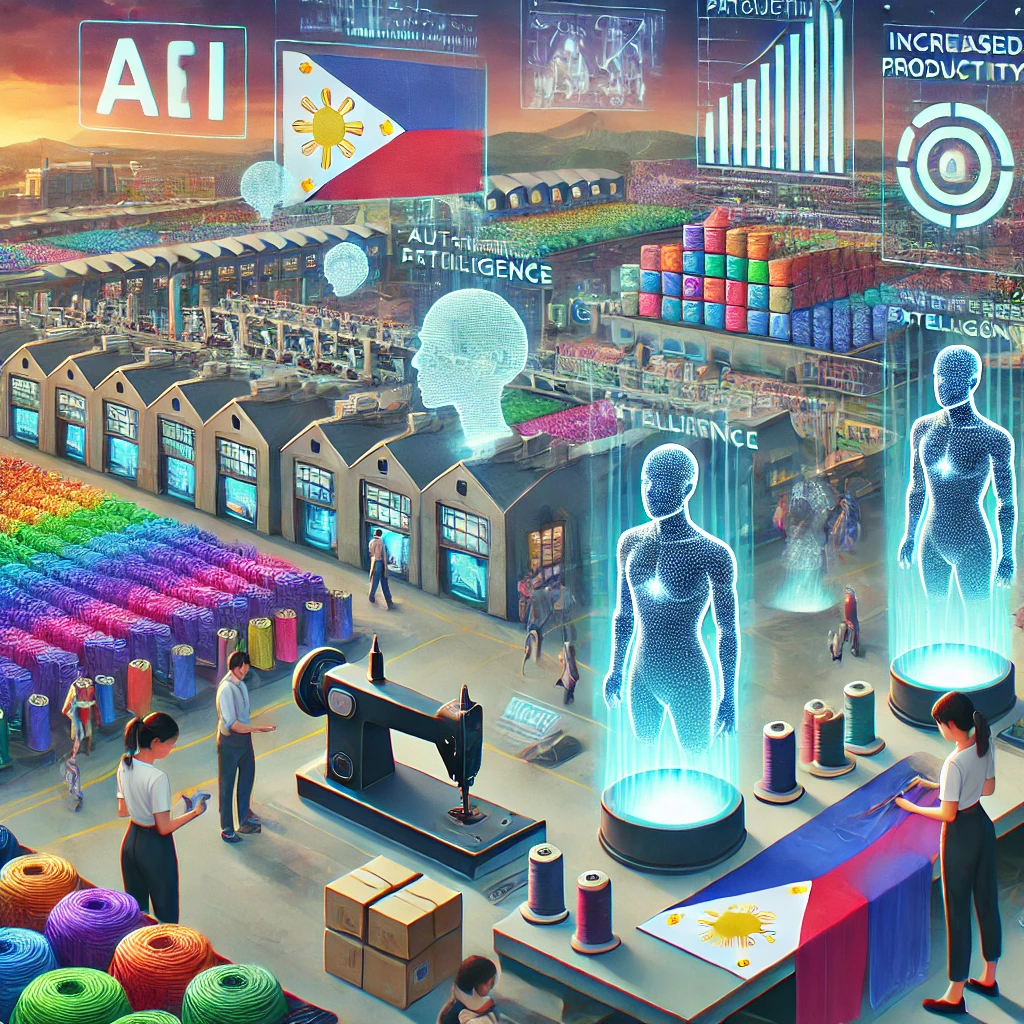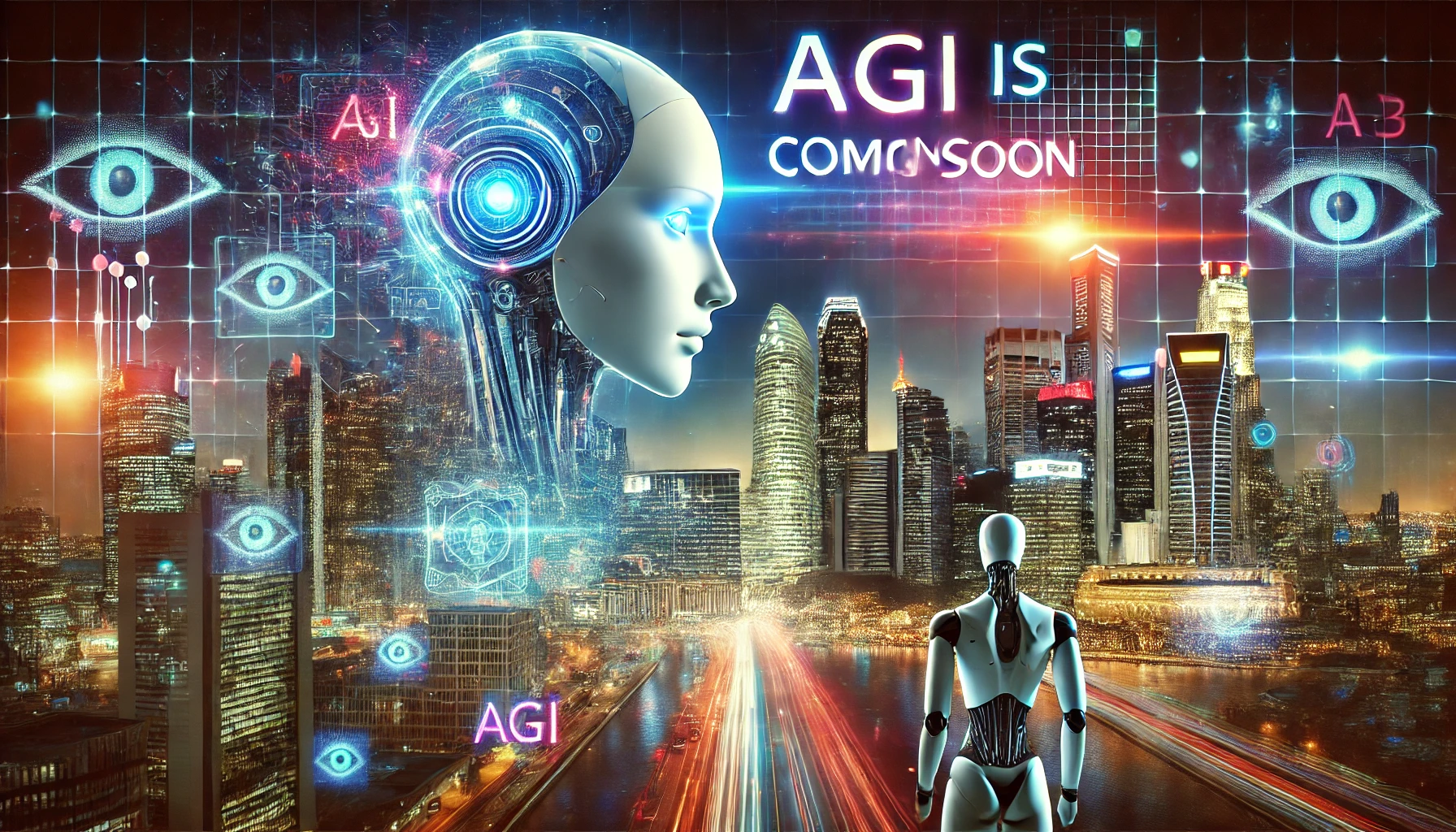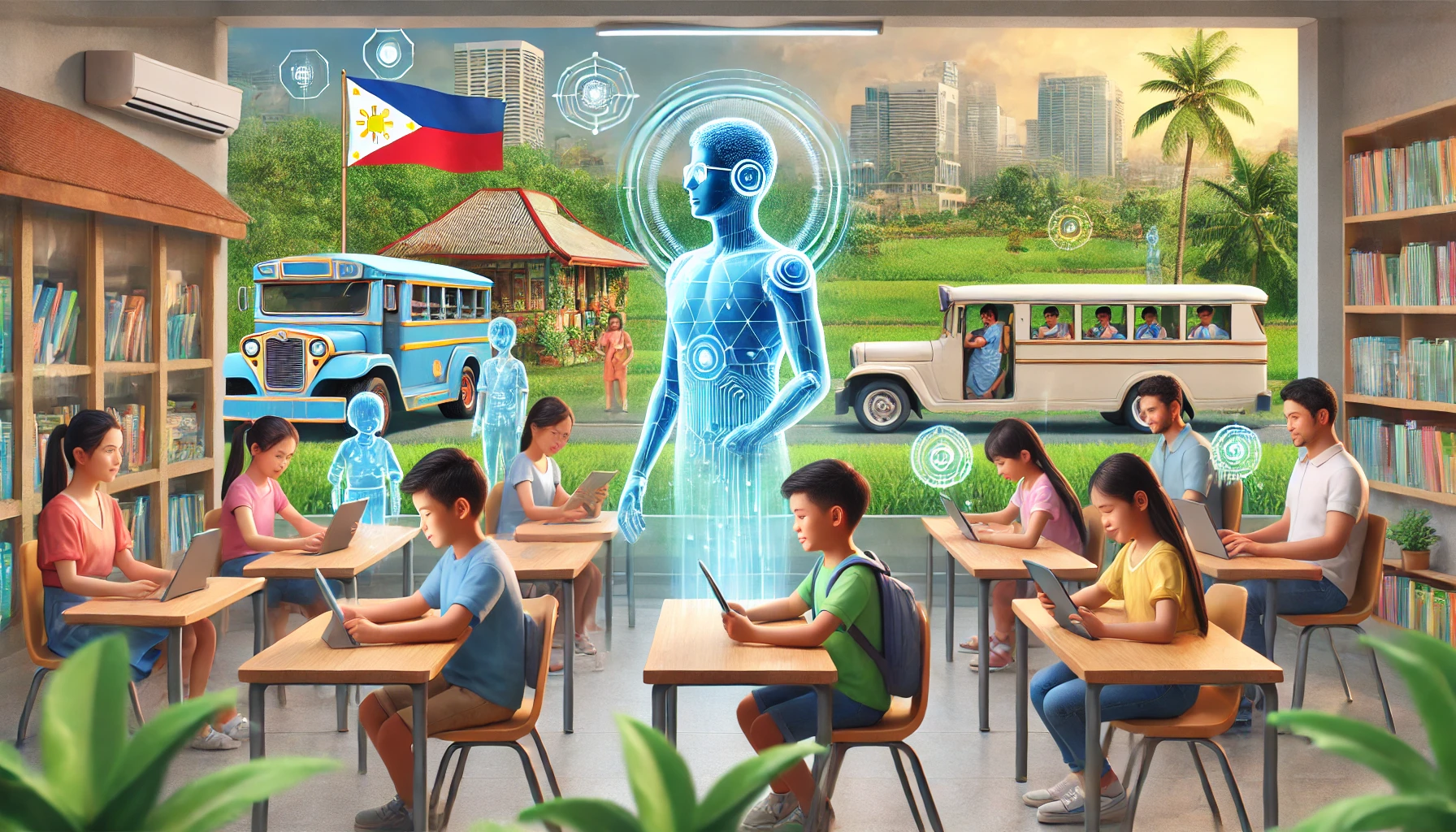The garments and textiles industry is one of the cornerstone sectors in the Philippines, providing jobs and contributing significantly to the nation’s economy. However, global competition, fluctuating raw material costs, and the demand for sustainable and ethical production are challenges that require innovative solutions. Enter Artificial General Intelligence (AGI), a transformative technology that holds the potential to revolutionize the industry by offering unprecedented capabilities in optimization, automation, and innovation.
What is Artificial General Intelligence?
AGI refers to advanced AI systems capable of performing any intellectual task a human can do, with the ability to learn and adapt across various tasks without specific programming. Unlike narrow AI, which specializes in specific applications, AGI’s adaptability makes it an ideal partner for industries like garments and textiles, where diverse and complex challenges exist.
Potential Applications of AGI in Garments and Textiles
- Design and Customization
- Trend Forecasting: AGI can analyze vast datasets, including social media trends, historical fashion data, and consumer behavior, to predict emerging trends. This allows brands to create in-demand designs ahead of competitors.
- Mass Customization: Using AGI-powered design platforms, consumers can personalize garments to their preferences while manufacturers produce them at scale without added complexity.
- Smart Manufacturing
- Production Optimization: AGI can oversee and optimize manufacturing processes, from cutting and sewing to dyeing and finishing, reducing waste and enhancing efficiency.
- Predictive Maintenance: By monitoring equipment health, AGI ensures machines are serviced before breakdowns occur, minimizing downtime and costly repairs.
- Quality Control: With computer vision and AGI algorithms, manufacturers can detect defects in real-time, ensuring consistent quality across all products.
- Supply Chain and Inventory Management
- Dynamic Demand Forecasting: AGI can predict market demand with high accuracy, helping manufacturers and retailers reduce overproduction and inventory costs.
- Supply Chain Transparency: By integrating with blockchain and IoT devices, AGI provides real-time tracking of materials, ensuring ethical sourcing and timely delivery.
- Waste Reduction: Through better resource allocation and recycling processes, AGI can help the industry move toward zero-waste manufacturing.
- Sustainability and Ethical Practices
- Eco-friendly Materials: AGI can identify and develop alternative materials that are biodegradable or recycled, aligning with global sustainability goals.
- Energy Efficiency: AGI systems can monitor energy consumption in factories, suggesting ways to reduce carbon footprints without compromising productivity.
- Retail and Consumer Engagement
- Virtual Try-Ons: AGI-powered virtual fitting rooms allow consumers to see how garments will look and fit without physically trying them on, reducing returns and increasing customer satisfaction.
- Personalized Marketing: By analyzing customer data, AGI can craft tailored marketing campaigns that resonate with specific demographics, boosting sales.
Challenges to Adoption
While the benefits of AGI are immense, several challenges need to be addressed:
- Initial Investment: Implementing AGI solutions requires substantial upfront costs in hardware, software, and training.
- Skill Gap: Employees must be reskilled to work alongside AGI systems effectively.
- Data Privacy: With the use of consumer and operational data, companies must ensure compliance with data protection regulations.
- Cultural Shift: The integration of AGI may face resistance from traditional manufacturers hesitant to embrace new technologies.
Steps Toward AGI Integration
To profit from AGI, the garments and textiles industry in the Philippines should:
- Invest in Research and Development: Partner with tech firms and universities to develop AGI solutions tailored to the sector’s needs.
- Adopt a Phased Approach: Start with narrow AI applications like predictive maintenance and gradually expand to AGI capabilities.
- Foster Collaboration: Create ecosystems where manufacturers, designers, and technology providers can innovate together.
- Focus on Upskilling: Train the workforce in AGI-related skills to ensure a seamless transition.
Conclusion
The garments and textiles industry in the Philippines stands at the brink of a technological revolution. By harnessing the power of Artificial General Intelligence, the sector can boost productivity, reduce costs, and create a sustainable future. Early adopters of AGI will not only gain a competitive edge but also position themselves as leaders in the global market. With the right investments and strategies, AGI could be the key to unlocking the full potential of the Philippine garments and textiles industry in the 21st century.
[SEO optimized]


